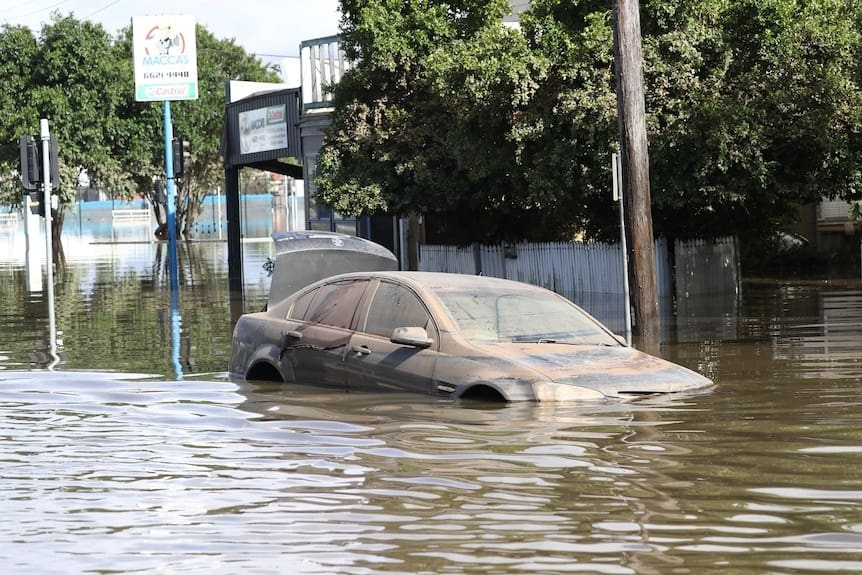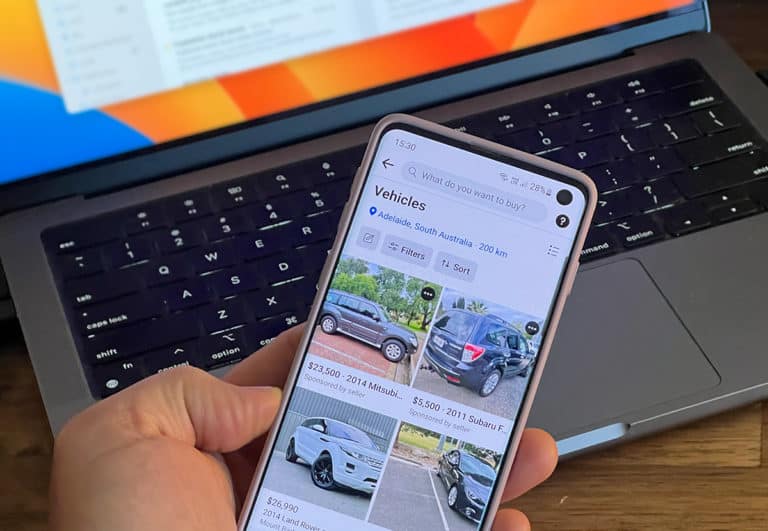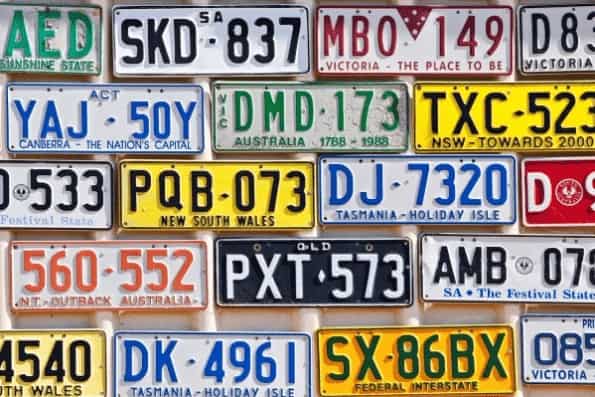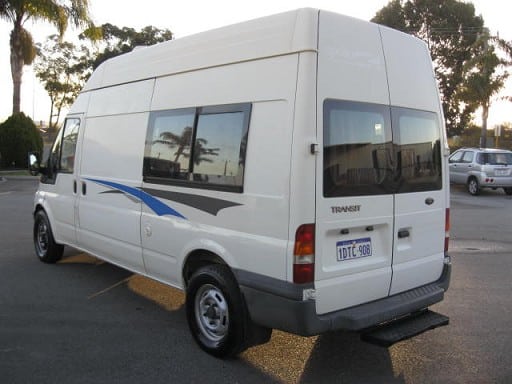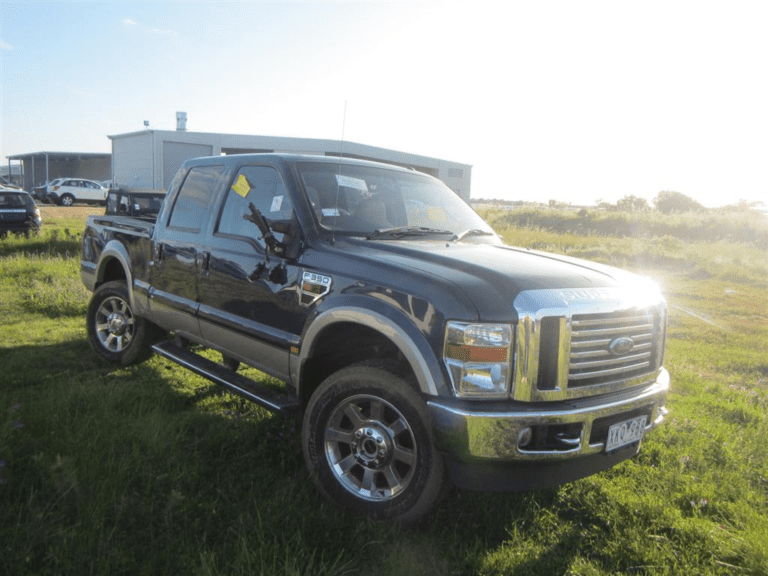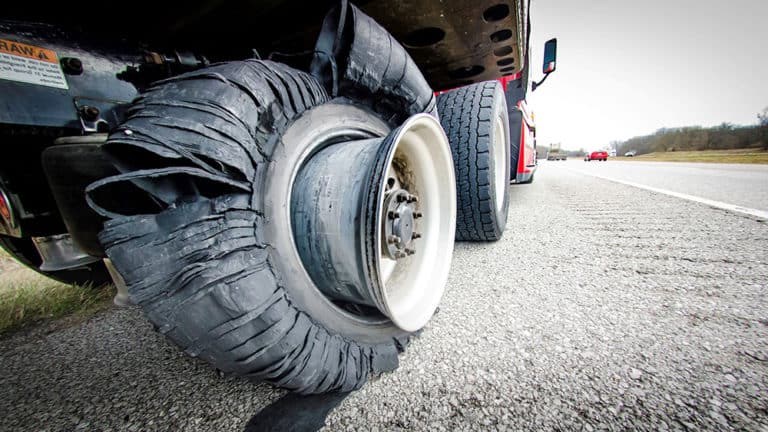How to check if a car has flood damage
Worried about buying a flood vehicle?
Buying a car in 2022 and worried the car might have been water damaged from flood waters in the recent floods in Australia? If a car has been in the floods and an insurance company is not involved, a PPSR check wont reveal if the car has suffered from flood damage. A private seller might be selling the car to pass any potential problems over to it’s new owner. To help, our Team have put together the 3 things to check if a car has flood damage.
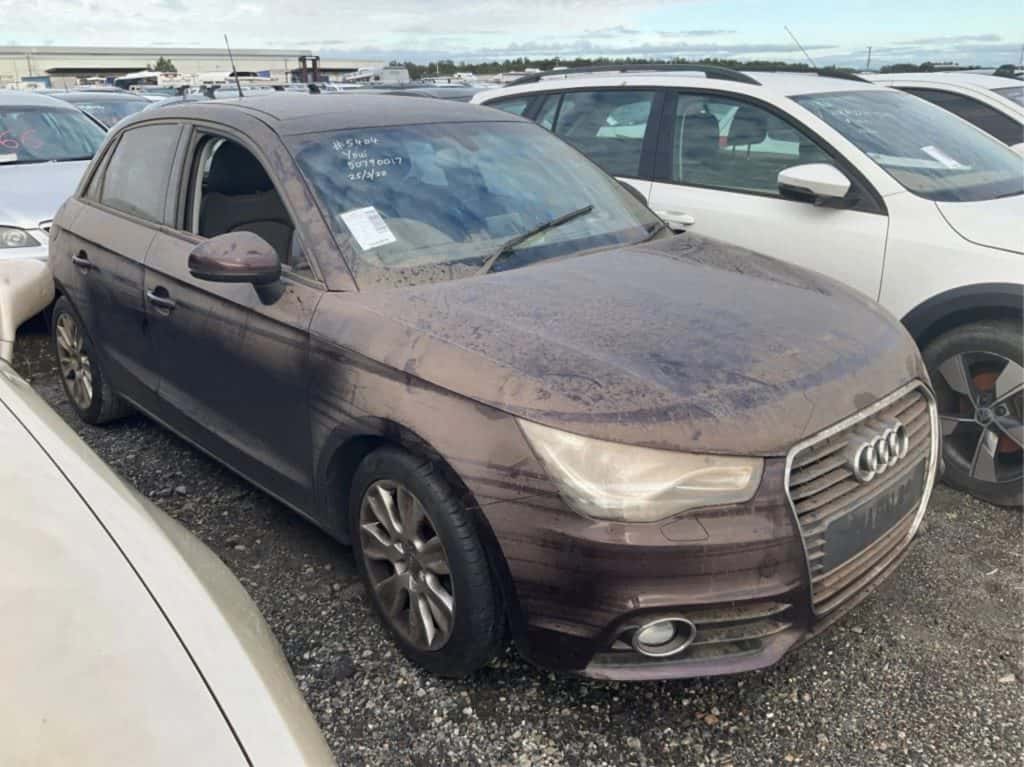
1. Checking for water damage
The easiest way to see if a car has flood damage is to give it the sniff test. It’s near impossible to get rid a flood damaged car smell, its mouldy aroma and mildewy smell get deep into carpets and seats. So have a look though the car, paying close attention to its overall look, scent and of course, any mould and mildew in the interior. Any of these are a sign that the car is probably a flood vehicle.
Something else to check is to pull the seatbelts all the way out to see if there is any form of discolouration and dampness from water along the actual straps. Also run your hands along the carpet and pat it in different spots, make sure to check under seats and in the boot, to try to locate moisture.
Also check in hard-to-reach places for any sediment that might have been left behind after dirty water drying eg: seat rails, chassis rails etc.
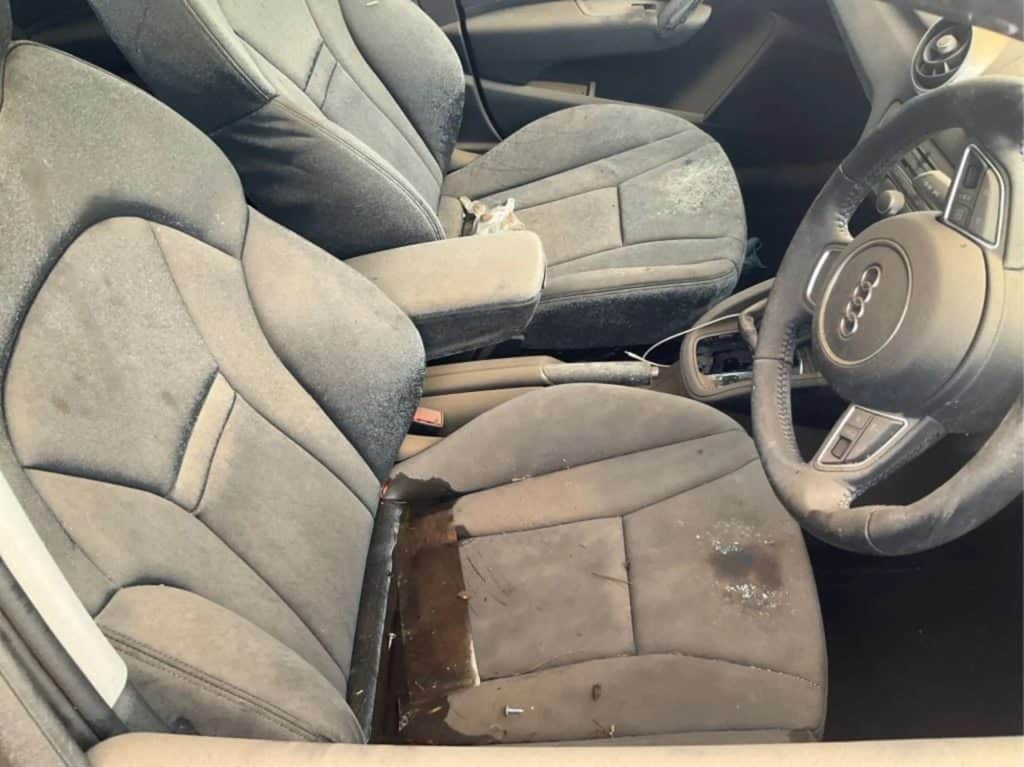
2. Take it for a drive
Modern cars have very complicated electrical systems and if exposed to water, a cars electrical system can get compromised and create some major problems. You’ll want to take the car for a drive, testing the various functions on their own & together with other functions to ensure all the electrical components are working. Turn on the lights, windscreen wipers, radio and air conditioning to make sure they work as expected.
Make sure when switching on the ignition, that all the dashboard lights come on and turn off also, warning lights might be tampered with to hide any warnings. If easily accessible, open any fuse boxes and check for moisture.
3. Body and Mechanical
Make sure to look closely at the cars paint work. If the car is a late model vehicle and you see bubbles, you should be wary as there could be rust under the paint due to flood damage. Corrosion in the paint and underbody is a common issue in flood-damaged cars.
Another check can be done by pulling the dipstick and having a look at the oil. Changes in the colour (light brown and or milky) and thickness may indicate that water has contaminated the engine’s oil. Even if the car is not flood damaged and this is present, stay away from this vehicle.



